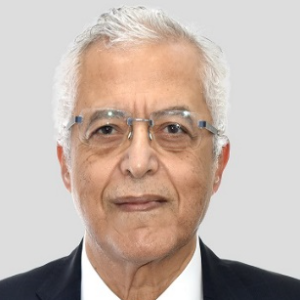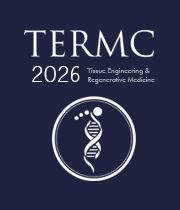Pituicytes
Pituicytes are specialized glial cells located in the posterior pituitary gland, also known as the neurohypophysis. These cells play a supportive role in the release and transport of neurohormones produced in the hypothalamus to the posterior pituitary, where they are subsequently released into the bloodstream. Pituicytes are a type of modified astrocyte, a class of glial cells found in the central nervous system. Their unique morphology and function distinguish them within the posterior pituitary. Pituicytes have long processes that envelop and make contact with the axon terminals of neurons, forming a structural and functional relationship within the neurohypophysis. The primary neurohormones stored and released by the posterior pituitary are oxytocin and vasopressin (antidiuretic hormone). These hormones are synthesized in the hypothalamus and transported along axons to the posterior pituitary, where pituicytes contribute to their storage and release in response to specific physiological stimuli. Pituicytes also play a role in the maintenance of the blood-brain barrier within the posterior pituitary, regulating the passage of substances between the bloodstream and the neural tissue. This barrier is crucial for protecting the central nervous system from potentially harmful substances in the bloodstream. Research on pituicytes contributes to the understanding of neuroendocrine regulation and the intricate communication between the hypothalamus and the posterior pituitary. Dysregulation of pituicyte function may impact the release of oxytocin and vasopressin, potentially influencing various physiological processes such as water balance, blood pressure, and social behaviors. In summary, pituicytes are specialized glial cells in the posterior pituitary that support the storage and release of neurohormones, such as oxytocin and vasopressin. Their involvement in maintaining the blood-brain barrier and regulating neuroendocrine signaling underscores their significance in the complex interplay between the hypothalamus and the posterior pituitary.

Nagy Habib
Imperial College London, United Kingdom
Lucie Bacakova
Institute of Physiology of the Czech Academy of Sciences, Czech Republic



Title : AI-integrated high-throughput tissue-chip for space-based biomanufacturing applications
Kunal Mitra, Florida Tech, United States
Title : Stem cell technologies to integrate biodesign related tissue engineering within the frame of cell based regenerative medicine: towards the preventive therapeutic and rehabilitative resources and benefits
Sergey Suchkov, N.D. Zelinskii Institute for Organic Chemistry of the Russian Academy of Sciences, Russian Federation
Title : In vitro evaluation of lyophilized Dedifferentiated Fat cells (DFAT) impregnated artificial dermis
Kazutaka Soejima, Nihon University, School of Medicine, Japan
Title :
Nagy Habib, Imperial College London, United Kingdom
Title :
Alexander Seifalian, Nanotechnology & Regenerative Medicine Commercialisation Centre, United Kingdom
Title : The regenerative medicine of the future
Marco Polettini, DVM, Italy